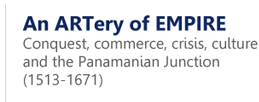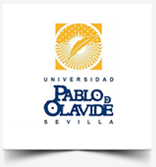This project forges an interdisciplinary approach to evidence of early globalization on an artery of imperial expansion, challenging Euro-centric as well as Hispano-phobic interpretations of America’s conquest and colonization. The convergence of four continents at Old Panamá during the sixteenth and seventeenth centuries produced archival and archaeological evidence that invites team members to interrogate the impact of diverse agents involved in cultural and commercial exchange.
Bones, teeth and artifacts offer new insights into the cultural and biological impact of early globalization. They also permit interdisciplinary scrutiny of different groups’ strategies for survival, including possible dietary changes, and pursuit of profit. Such strategies may have led the diverse peoples inhabiting this junction, from indigenous allies to African and Asian agents to European corsairs, to develop and to favor local production and Pacific trade networks at the expense of ties to the metropolis.











